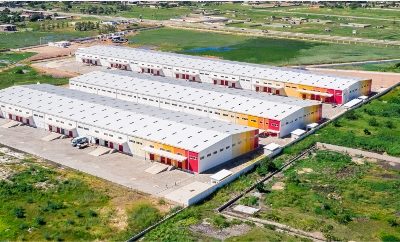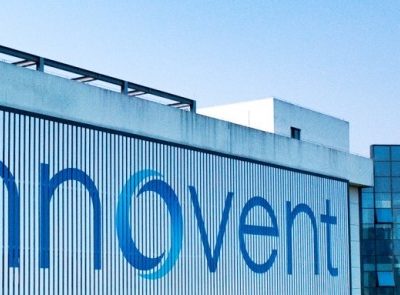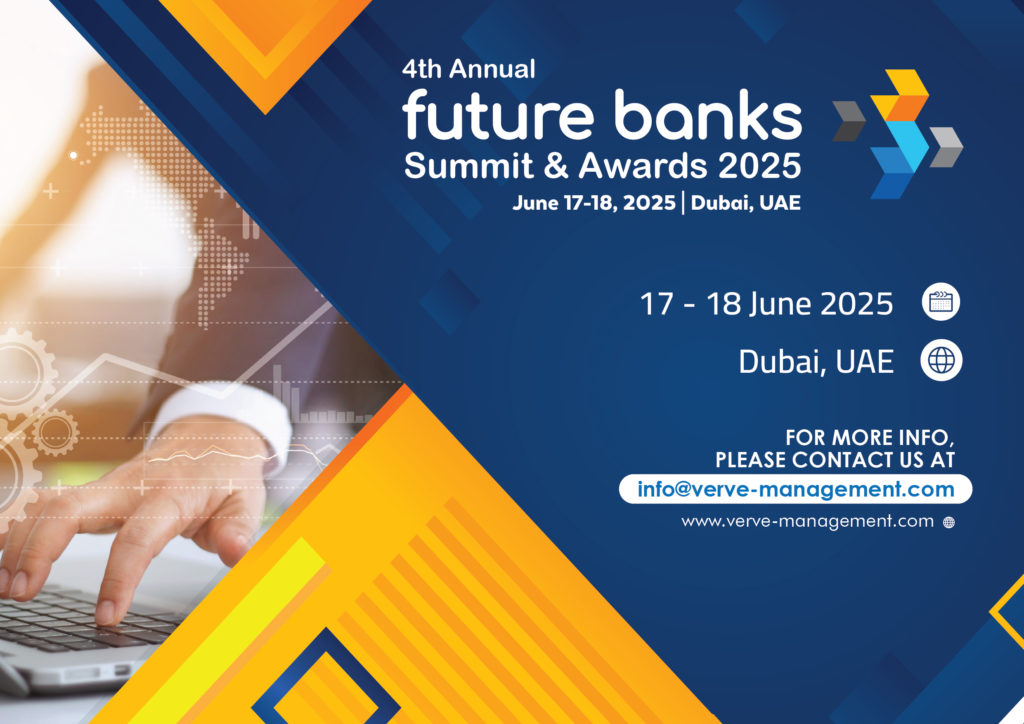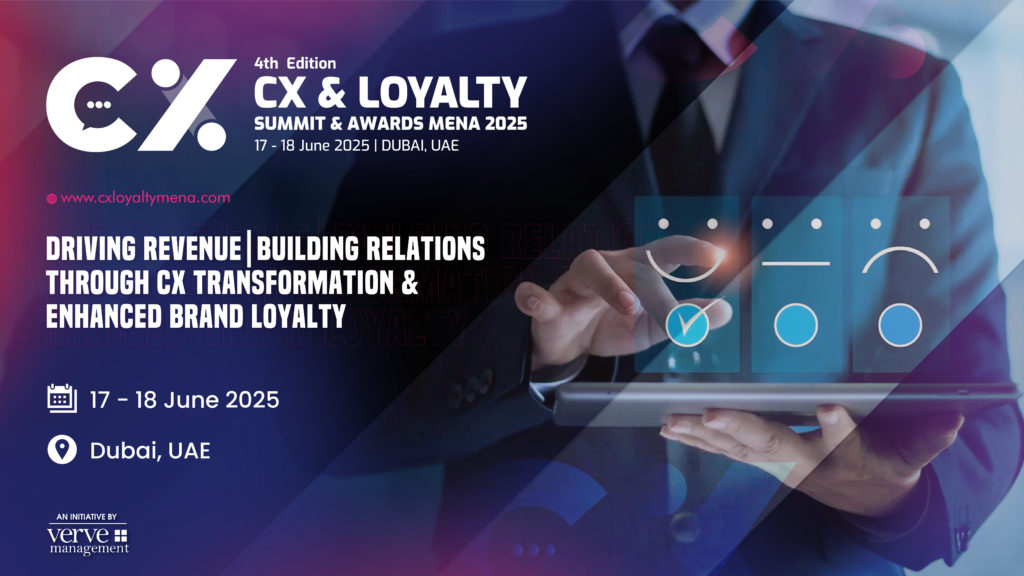Few industries are moving faster than technology, media, and telecommunications (TMT).
It is at the very heart of global innovation, driving technological, societal, and economic progress. One notable opportunity in the TMT industry is the rapid growth of 5G technology and its applications across various sectors.
RELATED: Cybersecurity emerges as resilient force amid declining TMT deal activity in 2023, finds GlobalData
With its promise of ultra-fast speeds, low latency, and high capacity, 5G is expected to revolutionize industries such as healthcare, manufacturing, and entertainment. For instance, in healthcare, 5G-enabled telemedicine services can provide remote patient monitoring and enable real-time consultations between healthcare professionals and patients, improving access to care and patient outcomes.
In manufacturing, 5G-powered smart factories can enhance automation, improve operational efficiency, and enable real-time data analytics for predictive maintenance and quality control. Additionally, in entertainment, 5G networks can support immersive experiences such as augmented reality (AR) and virtual reality (VR) gaming, as well as enable high-definition streaming and content delivery.
Artificial intelligence (AI) applications are bringing benefits such as increased efficiencies, new products and fewer repetitive tasks, while the metaverse – the space where interconnected physical and virtual realities converge – has the long-term potential to provide experiences not available in the real world, giving rise to a booming virtual economy. ChatGPT has disrupted customer interaction since the prototype of this AI tool was made publicly usable at the end of last year.
The long-term future outlook is positive, yet with such a rapid pace of change comes new risks, complexity, heightened regulatory scrutiny and increasingly global exposures. And, of course, the TMT sector is not immune to the macroeconomic challenges facing other sectors. Geopolitical tensions including the war in Ukraine, the Middle East, and Sudan, supply chain disruption, inflation, and the continued the tightening monetary policies. As with other sectors, sustainability challenges are ongoing – whether it is TMT companies minimizing their environmental impacts or supporting others on their net zero journeys.
Cyber, business interruption and critical infrastructure failures rank as top industry perils
Every year, we ask risk management experts in the TMT sector (and a host of other industries as well) to rank their top risks for the year ahead as part of our annual Allianz Risk Barometer 2024. This year the top ranked challenges are cyber incidents (55% of respondents), followed by business interruption (33%), with macroeconomic developments (21%) in third.
Given TMT companies hold large amounts of personal information which can be a prime target for criminals and can be either sold on the dark web or used for fraud or to extort the victim for ransom, it is unsurprising that cyber incidents is a top concern. In addition, there is a large risk of service interruption and data loss following a disruptive cyber-attack, such as in a ransomware or wiperware incident.
The latter, also known as ‘pseudo ransomware,’ has risen in parallel with the Ukraine war – it is often used as part of an advanced persistent threat (APT) attack against critical infrastructure with its primary purpose being to destroy or cause havoc rather than financial extortion.
Business interruption is the main cost driver for more than 50% of cyber claims globally, Allianz Commercial analysis shows and is a significant driver for the rising severity of claims in recent years. Given the large number of devices connected to a company’s network, ensuring adequate protection can prove to be an extremely challenging task, particularly for smaller-sized companies, and requires deep expertise and an individualized approach.
Cyber incidents and natural catastrophes are the top two causes of BI feared most by companies, followed by fire, and machinery / equipment breakdown or failure. However, almost any peril can cause disruption. BI is closely related to many of the other top global risks in this year’s Allianz Risk Barometer, such as climate change (#7), political risks and violence (#8), skills shortages (#10), energy crisis (#11) and the impact of new technologies (#12) to name but a few.
The TMT industry is subject to various macroeconomic developments risks[1], including economic downturns, geopolitical tensions, and regulatory changes. These risks can impact consumer spending, advertising budgets, and investment in technology infrastructure. However, they also present opportunities for innovation and growth, particularly in areas such as digital transformation, cloud computing, and streaming services.
Mitigation strategies for TMT companies include diversifying revenue streams, maintaining agility in response to market shifts, and investing in scalable technologies. TMT companies can mitigate macroeconomic risks by focusing on digital transformation initiatives and adapting business models to meet evolving consumer demands. For example, during economic downturns, TMT companies can offer affordable subscription-based services to attract and retain customers, thereby offsetting declines in advertising revenues.
Risk management preparation
What the top risks for the TMT sector reveal is the extent to which risks are interrelated and aggregated in the networked world we live and work in. Of course, businesses can never be fully prepared for everything, but continuous monitoring of geopolitical issues, proper risk analysis and consulting with experts, both locally and globally when possible, is a good start. Faced with loss scenarios that can fall like dominoes, businesses need robust, resilient operational processes to safeguard operations, supply chains and ensure business continuity.
Business continuity planning (BCP) reviews are essential and must be regularly updated. Cyber protection should include regular backups, segmentation of data, the right end-point detection and multi-factor authentication. Insurers such as Allianz Commercial can leverage company data to facilitate a tailored risk assessment and help draw up a personalized mitigation strategy.
All organizations should also operationalize their response to regulation and privacy rights in relevant jurisdictions. Should the risk landscape change, businesses need to be aware of how this will impact their activities and take steps to protect their assets.































